Winning the War Within as a Leader
The first four principles for winning in business and in life have nothing to do with luck or environment. It's all about who you are on the inside.
Talking Points:
- Ownership: All responsibility for every failure rests with the leader.
- Accountability: There are only two types of leaders – effective and ineffective.
- Buy-In: The leader has to be a true believer in the mission and vision.
- Humility: Ego clouds and disrupts everything.
Discussion:
- Initial reactions to this topic? What jumped out at you?
- Which of the four principles stand out most to you, and why?
- Which principle is your strongest? Which is your weakest?
- What happens to a team where the top leaders don’t take extreme ownership? Give an example.
- “There are no bad teams, only bad leaders.” Agree or disagree? Explain.
- What are some signs that someone is failing to buy into the team’s mission? Do you have someone on your team like that?
- Give an example of ego disrupting the team.
- Is there a step you need to take based on today’s topic?
Adapted from the book Extreme Ownership.
Maintaining the Edge as a Leader
Planning. Verticality. Decisiveness. Discipline. These final four principles can help you maintain the leader’s edge - on the battlefield or in life.
Talking Points:
- The planning principle: Organizations need to create a standardized and repeatable planning process that is geared toward the “frontline troops”. The more simple and actionable the planning process, the better.
- The verticality principle: Communicating down, as well as up, the chain of command is an important aspect of leading well. Senior leaders need to clearly make their intents known down to their junior leaders. Junior leaders, in turn, need to send their situational awareness back up to their senior leaders, so they can make better planning decisions.
- The decisiveness principle: Good leaders will make the “best call amidst uncertainty”, Bad leaders will only paralyze themselves and make their team ineffective if they wait for 100% certainty to make a decision.
- The discipline principle: The most important quality for an individual or a team to have is self-control and disciplined habits. When it comes to working within the framework of well established procedures, everyone must find the balance between freedom and discipline.
Discussion:
- Initial reactions to this topic? What jumped out at you?
- Which of these four principles is your team’s strongest point? Which is the weakest? Explain.
- Are there plans in place for your organization to be more standardized or more ambiguous? Explain.
- How can you make your planning process simpler, more actionable, or repeatable for your team?
- As a leader, how clear are your intentions to your team? When have you listened and used feedback from your team?
- When have you made a good decision with the best information you had at the time? When have you waited too long to make a decision? What happened?
- How can you find the balance between working within established procedures and having freedom to be creative?
- As a leader, how can you be aggressive without being overbearing?
- Is there a step you need to take based on today’s topic?
Adapted from the book Extreme Ownership by Jakko Willink and Leif Babin.
The Four Laws of Combat in Leadership
When it comes to working as a team to accomplish a mission, these four principles work from the battlefield to the boardroom.
Talking Points:
- Alignment: Cover and move as a team to accomplish the mission.
- Clarity: Keep the plan simple enough for everyone to communicate it.
- Priority: Execute on the most important strategic objectives first.
- Empowerment: Decentralize command to let everyone make decisions.
Discussion:
- Initial reactions to this topic? What jumped out at you?
- Which of these four principles is your team’s strongest point? Which is the weakest? Explain.
- Explain how “cover and move” applies to your team. Give an example.
- Make a list of the things you need to simplify in your organization. How has complexity hurt your team?
- What are the top three priorities for your team right now? How long will it take to execute on those priorities?
- How many people on your team would say they feel empowered to make important decisions? How confident are you in their ability to make the right decisions?
- Is there a step you need to take based on today’s topic?
Adapted from the book Extreme Ownership by Jakko Willink and Leif Babin.
- Your Culture Gets What It Pays For
- Workplace Tips To Make Employees Comfortable
- Winning the War Within as a Leader
- Why Your Business Needs an Electronic Access Control System
- Why You Should Talk About Pay With Your Coworkers
- Why Transparency Is So Important In the Workplace
- Why Some Bosses Don’t Understand Individual Job Duties
- Why Entrepreneurs Should Implement Document Destruction
- Why Companies Are Investing in On-Site Massage Services
- Why Air Quality Matters in Shared Workspace
- Where Should A Commander Be On The Battlefield?
- What’s Your Mission at Work?
- What’s It Like Being a Black Man in Corporate America?
- What To Know When Starting a Career in Healthcare
- What To Expect During Training To Become a Private Pilot
- What To Consider Before a Career in Law Enforcement
- What it Means to Be a Leader
- What Is Team Culture (and Why Is It So Important)?
- What Google Learned about Team Culture
- Ways To Use Facebook to Your Business’s Advantage
- Values in Leadership
- Unlocking Your Potential: The Power of a Growth Mindset
- Unique Opportunities for Women in Male-Dominated Industries
- Turning Constraints into Opportunities: Small Space Design
- Trending Business Ideas You Should Know for 2025
- Tips To Help Your Small Business Create a Budget
- Tips for Representing Your Company at an Event
- Tips for Better Communication
- Things To Consider Before Seeking a Career in IT
- The One Factor That Causes Depression in the Workplace
- The Four Types of Meetings in the Workplace
- The Five Dysfunctions of a Team
- The Eisenhower Priority Matrix for Leaders
- The Best Ways for Manufacturing Facilities To Save Money
- The Benefits of Obtaining a Crane Operator License
- The 7 Habits of Highly Effective People
- The 4 Things Bezos Looks for in a Quality Product
- The 3 C’s to Get Your Team on the Bus
- Technological Advancements Your Medical Practice Needs
- Strategy, Action Steps and Habits for the Team
- Strategic Alignment
- Stop Doing These 3 Things If You Want To Succeed
- Sparking Conversations About Electrical Safety at Work
- Shattering the Glass Ceiling for Women in the Workplace
- Set the Right Goals for Your Company and Adjust as You Go
- Scorecard for Strategic Planning
- Salary Negotiating Tips for Women
- Safety First: 5 Key Tasks for First Responders in the Field
- Preparing for the Future of Work: AI in the Workplace
- Passive Aggressive Leaders Are Weak
- Next Level Work Ethic
- Modern Tech That’s Improving Safety in Law Enforcement
- Michael Jordan’s Top 10 Rules For Success
- Mastering the 7 Habits: Unlocking Your Potential for Success
- Maintaining the Edge as a Leader
- Lessons from Forestry: Working Smarter, Not Harder
- Leading Creative Teams Is Like Herding Tigers
- Leaders Eat Last: Why Some Teams Pull Together and Others Don’t
- Jeff Bezos’s Top 10 Rules For Success
- Interesting Life Science Careers Worth Exploring
- Important Tips for Pursuing a Career in Logistics
- How to Use Rhetoric to Get What You Want
- How To Transform Employees Into a High-Performing Team
- How To Train Your Team Without Overwhelming Them
- How to Stay Agile in Your Career
- How to Spread the Leadership Virus
- How to Repair Broken Trust on Your Team
- How To Reduce Costs and Spending in the Paint Industry
- How To Navigate Working in a High-Turnover Industry
- How to Motivate Underperformers
- How To Measure Success as an Investment Group
- How To Leverage Your Creativity in the Workplace
- How To Keep Your Team Motivated
- How To Identify Verbal Harassment in Your Workplace
- How to Hire the Right People
- How to Get Your Whole Team Motivated for Mission: Start with Why
- How To Create Accessible Workplaces for All Employees
- How To Choose a Career That’s Impactful to Your Life
- How to Build Trust and Loyalty With Your Salon Clients
- How To Balance Authority With Empathy as a Leader
- How The SBA Coronavirus Small Business Loans Work
- How the Right Office Space Can Impact Workplace Culture
- How EMF Radiation Affects Productivity in the Workplace
- How Being a Parent Prepares You for Leadership
- How a SWOT Analysis Can Help Your Team
- Handling Emotions In Conflict Resolution
- Handcrafted: Designing a Product to Scale
- Giving Healthy Feedback in the Workplace
- Getting to the Root of the Problems on Your Team
- Getting the Right People on the Bus
- Get Your Resume To Stand Out With These Strategies
- Get On “The Energy Bus”
- Essential Tips To Foster Connection in Your Workplace
- Emotional Intelligence at Work: Why IQ Isn’t Everything
- Emotional Intelligence and the Fundamental Law of Leadership
- Emotional Intelligence (EQ) Fighter Pilot Style
- Eliminating Sideways Energy
- Doing Conflict for the Good of Everyone
- Dare to Lead by Brené Brown
- Creative Ways to Boost Team Productivity in the Office
- Common Mistakes To Avoid When Working in a Cleanroom
- Coach Wooden’s Definition of Success
- Business Advice From the Best and Brightest
- Budgeting Tips for Planning a Small Business Event
- Budgeting Basics for Starting a Medical Practice
- Bringing Sustainability to the Table at Work Meetings
- Being Vulnerable as a Leader
- Banking on the Edge: Inside the Silicon Valley Bank Failure
- Ask a Manager: Your Ultimate Guide to Navigating the Workplace
- Applying Your EQ To Everyday Environments
- 9 Tips for Being a Better Leader
- 7 Ways To Motivate Your Team When Work Gets Tough
- 7 Signs You Are Going to Be Successful
- 6 Effective Strategies for Managing Workplace Conflict
- 5-Point Clarity for the Team
- 5 Ways to Know if You’re a Great Leader
- 5 Unique Ideas for Your Contracting Business
- 5 Tips That Will Make Your Resume More Appealing
- 5 Tips for Rescuing a Struggling Start-Up
- 5 Things Every Nonprofit Team Needs To Thrive
- 5 Steps To Get the Best Price for Your Private Practice
- 5 Reasons Why Video Conferencing Is So Exhausting
- 5 Key Considerations Construction Managers Must Make
- 5 Forgotten Things To Know Before Going Into Healthcare
- 5 Dysfunctions of a Team
- 4 Technology Habits That Could Be Harming Your Business
- 4 Strategies for Truck Drivers Trying To Advance in Their Careers
- 4 Signs of a Good Listener
- 4 Safety Rules for Coring Concrete To Always Follow
- 4 Corner Training in 2 Minutes
- 4 Boundaries To Set if You Work in Hospitality
- 4 Benefits of Giving Corporate Gifts to Your Employees
- 3 Pillars Of a Healthy Leader In the Workplace


